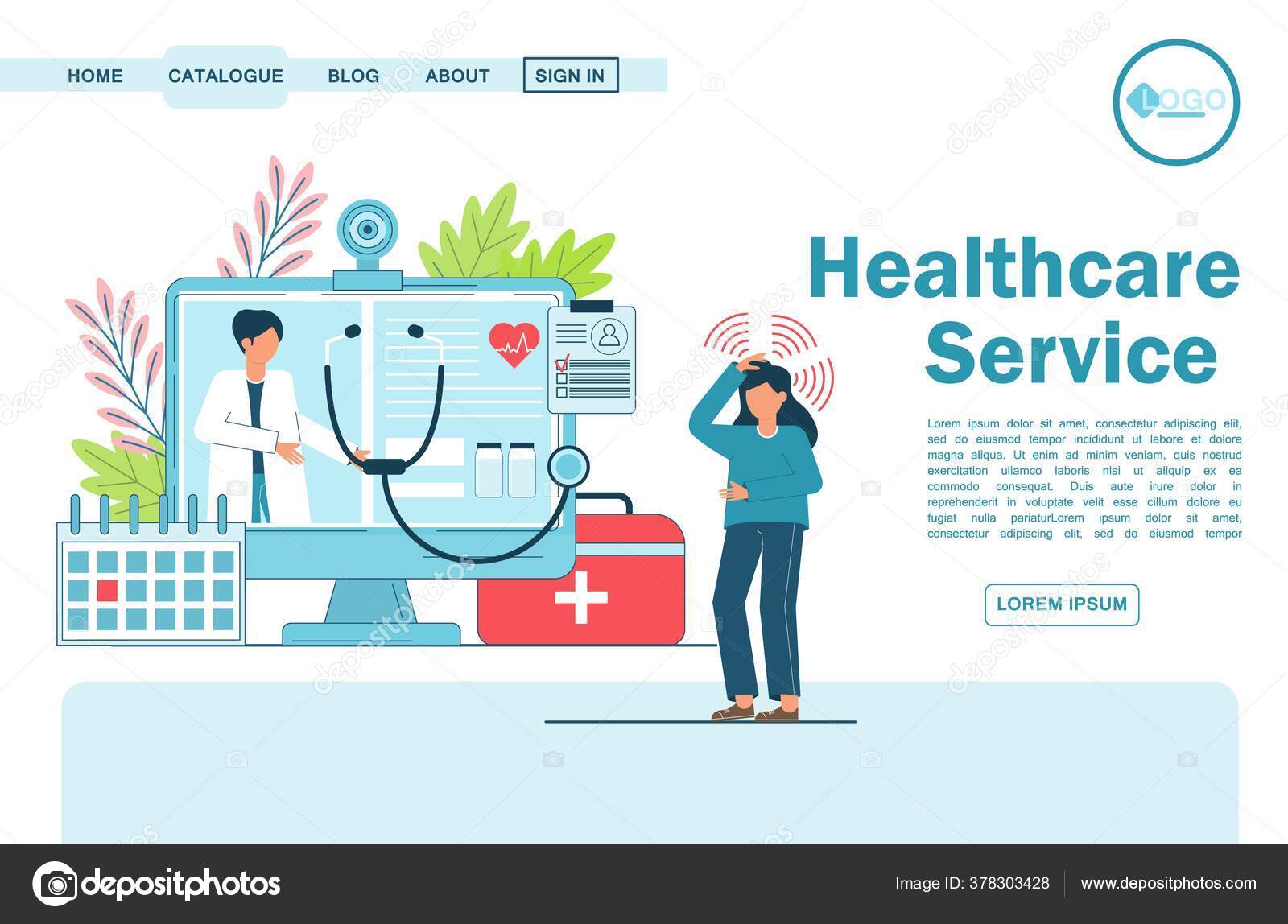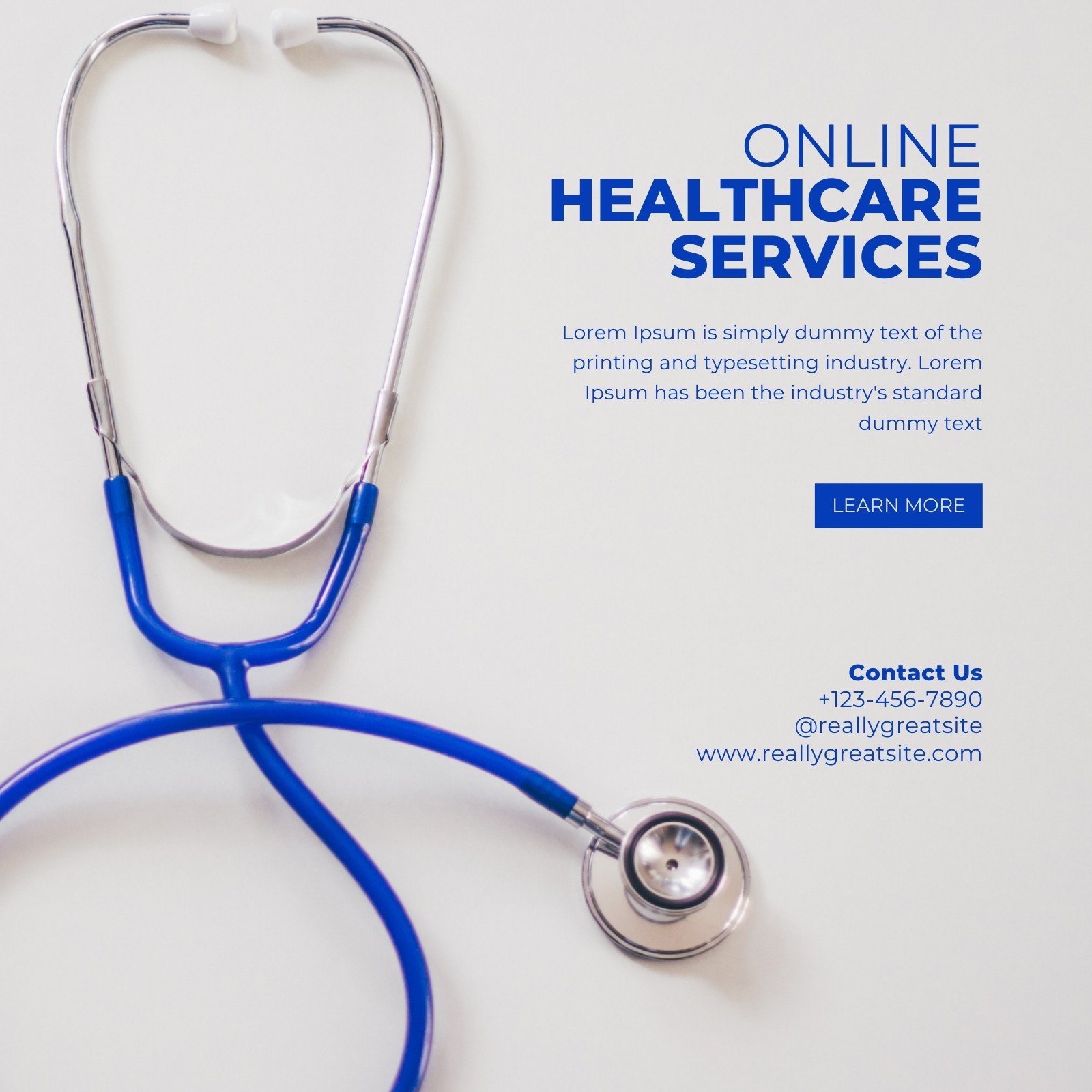Subscription Based Healthcare: Transforming the Means We Think About Health
Subscription Based Healthcare: Transforming the Means We Think About Health
Blog Article
Just How Subscription-Based Health Care Is Revolutionizing the Medical Sector

The Increase of Membership Medical Care
In recent times, the healthcare market has observed a significant shift towards subscription-based designs, reflecting broader consumer trends favoring ease and predictability. This transformation is driven by the increasing demand for more available and customized care remedies. Registration health care, often referred to as attendant medication or direct health care, supplies clients a fixed monthly fee for a variety of medical solutions, dramatically changing standard fee-for-service designs.
The rise of subscription medical care is facilitated by innovations in modern technology, which make it possible for structured interaction between clients and companies - subscription based healthcare. Digital platforms and telehealth solutions have actually come to be essential, using patients the capacity to set up visits, accessibility medical records, and receive consultations online. This technological combination not just improves patient interaction however also permits carriers to provide a lot more reliable care
Moreover, the subscription model straightens with the progressing assumptions of clients that seek even more control over their healthcare costs and experiences. By removing the unpredictability of co-pays and insurance policy claims, subscription-based health care offers a transparent and simple method. While this model is acquiring grip, its expansion encounters difficulties such as governing difficulties and the necessity for wider approval within the conventional health care ecological community. Its growing existence notes a critical moment in the advancement of healthcare delivery.
Advantages for Patients and Carriers
Subscription-based medical care provides a multitude of benefits for both providers and people, reshaping the characteristics of clinical treatment. For clients, this version offers improved accessibility to medical care services.
For health care suppliers, subscription-based versions cultivate a more lasting and enjoyable method. By protecting a constant revenue stream, service providers can concentrate on delivering premium treatment without the stress of volume-based service. This model motivates longer individual appointments, promoting stronger patient-provider connections and improving health and wellness end results. In addition, it provides service providers the adaptability to introduce and include preventative and holistic care practices. Administrative jobs are commonly streamlined, lowering overhead costs and enabling service providers to devote even more time to patient interaction. In general, subscription-based health care lines up the motivations of patients and companies, promoting a more efficient and patient-centered health care shipment system.
Key Functions of the Model
Frequently, the crucial features of the subscription-based medical care model highlight its distinct approach to supplying medical services. Central to this design is the principle of predictable, month-to-month payments, offering clients a detailed series of services without the unpredictability of typical fee-for-service frameworks. This model typically includes unrestricted accessibility to health care services, precautionary treatment, and routine examinations, guaranteeing that clients can engage with their health care service providers proactively rather than reactively.
Furthermore, straight interaction networks, such as telemedicine and messaging systems, are emphasized, allowing patients to obtain prompt suggestions and consultations without requiring in-person consultations. This enhances ease of access and comfort, especially for individuals with flexibility restraints or those staying in remote locations. The version likewise cultivates more powerful doctor-patient connections, as healthcare companies are incentivized to concentrate on long-lasting health outcomes instead of temporary visits.
Additionally, subscription-based health care often integrates technical advancements, such as electronic health records and health surveillance applications, to give personalized and reliable care. People profit from collaborated and continuous treatment monitoring, which is tailored to their my company certain health and wellness needs. Inevitably, these functions collectively create a patient-centered health care experience, prioritizing accessibility, cost openness, and preventive treatment.

Obstacles and Considerations
While the subscription-based health care model offers various benefits, it is not without its considerations and difficulties. One considerable difficulty is making certain fair gain access to. Registration models may inadvertently prefer those with greater socioeconomic standing, potentially widening disparities in medical care access for lower-income people that might have problem with regular monthly charges. This increases ethical problems regarding inclusivity and equity in health care delivery.
One more challenge exists in governing compliance. Subscription-based healthcare needs to browse an intricate web of regulations that differ by region, consisting of problems around client privacy, information defense, and state licensing requirements. Making certain compliance without restraining the model's versatility and technology can be discouraging for carriers.
Additionally, there is the risk of overutilization or underutilization of services. Individuals paying a fixed fee might overuse services, leading to enhanced functional expenses, while others may underutilize because of fear of burdening the system, potentially overlooking needed care.
Future Potential Customers and Innovations
The landscape of subscription-based medical care is poised for improvement with emerging developments and evolving prospects. As technology remains to breakthrough, the integration of synthetic intelligence and machine understanding presents significant possibilities to improve diagnostic accuracy and improve patient management. Anticipating analytics can reinvent precautionary treatment by identifying potential wellness dangers before they manifest, consequently decreasing both prices and the problem on health care systems.
Furthermore, telemedicine is readied to broaden within subscription versions, offering individuals enhanced accessibility to health care professionals despite geographical constraints. This not just assists in continuity of care but additionally empowers individuals to engage even more actively in their health administration. about his Additionally, blockchain browse around these guys modern technology provides prospective in securing person data and making certain interoperability across platforms, cultivating trust and openness.
The development of individualized medicine is one more frontier, with registration designs giving a distinct structure for delivering tailored wellness solutions. Genetic screening and customized therapy strategies can be perfectly incorporated, aligning client needs with certain clinical treatments. Partnerships between tech firms and healthcare companies are most likely to generate cutting-edge options, boosting client experiences and results. As these prospects materialize, subscription-based medical care has the potential to redefine exactly how treatment is provided and accessed.
Verdict
Subscription-based medical care is changing the medical sector by offering an extra obtainable, foreseeable, and patient-centered strategy to clinical services. In spite of challenges such as governing hurdles and potential variations in access, the membership version holds guarantee for a more effective and tailored medical care experience.
Membership health care, in some cases referred to as attendant medication or straight main treatment, supplies patients a fixed monthly cost for a range of medical solutions, considerably changing traditional fee-for-service models.
Additionally, the registration version straightens with the developing expectations of people that look for more control over their medical care expenses and experiences. For patients, this model offers improved accessibility to medical care solutions. On the whole, subscription-based medical care lines up the rewards of companies and people, promoting an extra patient-centered and effective health care distribution system.
Furthermore, telemedicine is set to broaden within subscription models, offering clients enhanced accessibility to medical care experts regardless of geographical constraints. - subscription based healthcare
Report this page